5 Core Indicators for Sheet Metal Equipment Factory Inspection
Sheet metal equipment inspection, including press brakes, shearing machines, and press brake tooling, is crucial for precision manufacturing in industries such as automotive, aerospace, and HVAC. Before leaving the factory, these machines must undergo rigorous inspection to ensure that performance, accuracy, and safety meet industry standards. As a leading sheet metal equipment manufacturer since 1985, JSTMT delivers high-quality solutions that pass stringent factory inspections. In this blog, we explore the five core indicators for sheet metal equipment factory inspection to help you choose reliable machines and boost production efficiency. Visit JSTMT’s sheet metal quality inspection solutions to learn more.
5 core indicators for sheet metal equipment factory inspection
1. Dimensional Accuracy
Dimensional accuracy ensures that sheet metal parts produced by equipment like press brakes and shearing machines meet design specifications, with tolerances typically ranging from ±0.01mm to ±0.1mm. For press brake accuracy, this includes bend angle precision (e.g., 90°±0.5°); for shearing machine precision, it ensures straight, burr-free cuts.
Sheet Metal Inspection Methods:
- Use Coordinate Measuring Machines (CMM) or laser scanners to verify part dimensions.
- Test backgauge repeatability, ensuring errors are below 0.01mm.
- Check bend angles and cut edges for consistency and smoothness.
Why It Matters: High dimensional accuracy is vital for industries requiring precise components, such as electronics and aerospace, ensuring zero rework and cost savings.
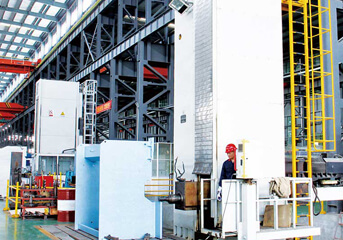
2. Mechanical Performance
Mechanical performance evaluates the equipment’s ability to deliver consistent force and stability, such as press brake tonnage (20T to 1000T) or shearing machine cutting capacity (4mm to 40mm thick sheets).
Sheet metal Inspection Methods:
- Test hydraulic system pressure stability, ensuring fluctuations are below 5%.
- Measure servo motor response time (e.g., <0.1 seconds for positioning).
- Run the equipment at full load for 10 minutes to confirm no overheating or excessive vibration.
Why It Matters: Sheet metal equipment performance ensures reliable operation under high workloads, minimizing downtime and maintenance costs.
3. Control System Precision
Modern CNC sheet metal equipment often features CNC or NC systems (e.g., DELEM, Estun E21, Cybelec) that require high programming accuracy and repeatability for automated bending or cutting.
Sheet Metal Inspection Methods:
- Verify CNC angle programming accuracy (e.g., ±0.1°).
- Test backgauge repeatability (±0.01mm).
- Check Human-Machine Interface (HMI) response speed and program stability.
Why It Matters: Precise Press brake control systems enable complex part production and automation, critical for high-volume manufacturing.
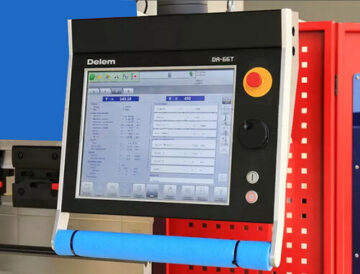
4. Sheet metal equipment Safety Performance
Press Brake Safety features, such as light curtains, emergency stops, and guardrails, must comply with standards, like shearing machine CE certification, to protect operators.
Sheet Metal Inspection Methods:
- Test light curtain response time (<0.1 seconds to stop operation).
- Verify emergency stop functionality across all modes.
- Check hydraulic systems for burst valves and overload protection.
Why It Matters: Strong safety performance reduces workplace accidents, enhances operator confidence, and ensures regulatory compliance.
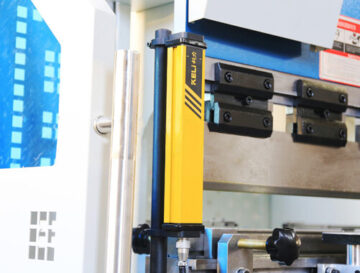
5. Surface Quality and Durability
Equipment components, such as blades, tooling, and frames, must have smooth surfaces (no scratches or burrs) and long-lasting durability (e.g., 10-year frame warranty).
Sheet Metal Inspection Methods:
- Use a colorimeter (e.g., NR145, repeatability ΔE*ab 0.08) to check surface finish consistency.
- Test tooling hardness (e.g., HRC 48-52 for 42CrMo steel) and wear resistance.
- Conduct 48-hour salt spray tests to verify corrosion resistance.
Why It Matters: High surface quality enhances part aesthetics, while durable components extend equipment lifespan, reducing replacement costs.
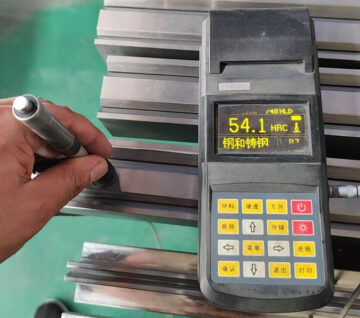



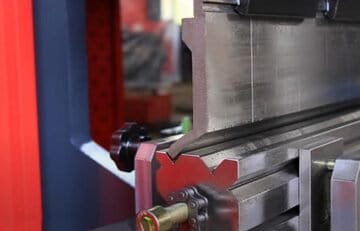
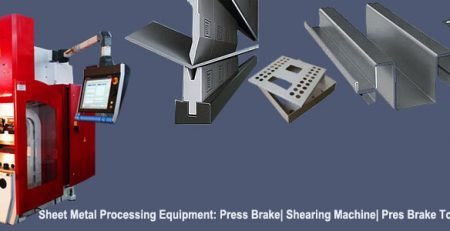

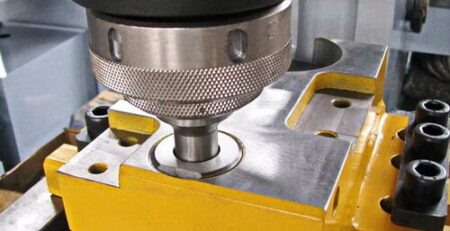
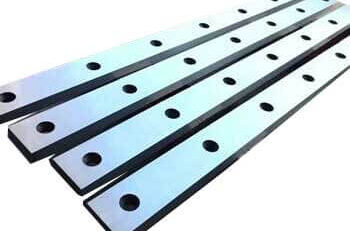

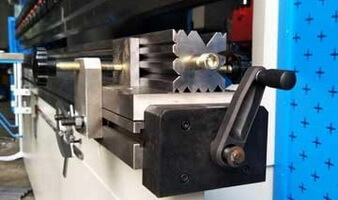
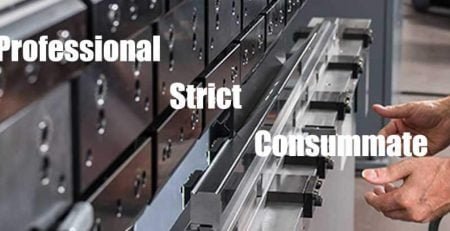
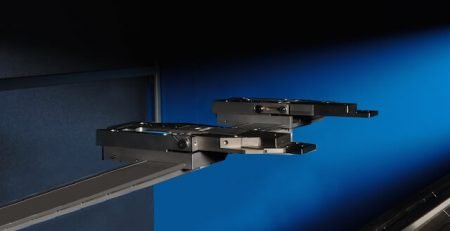
Leave a Reply